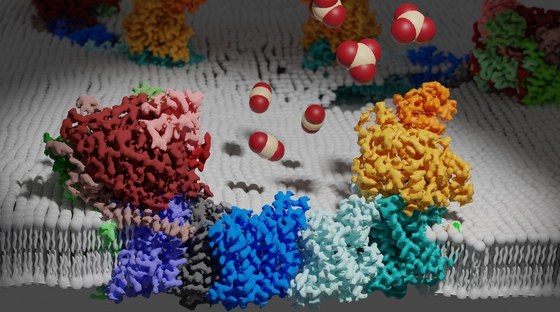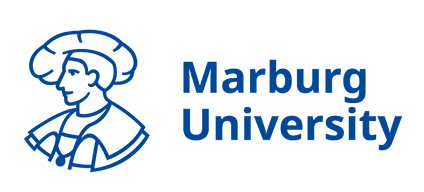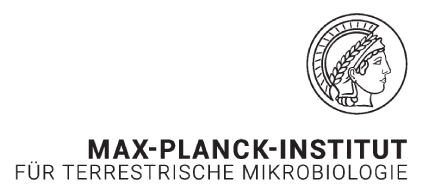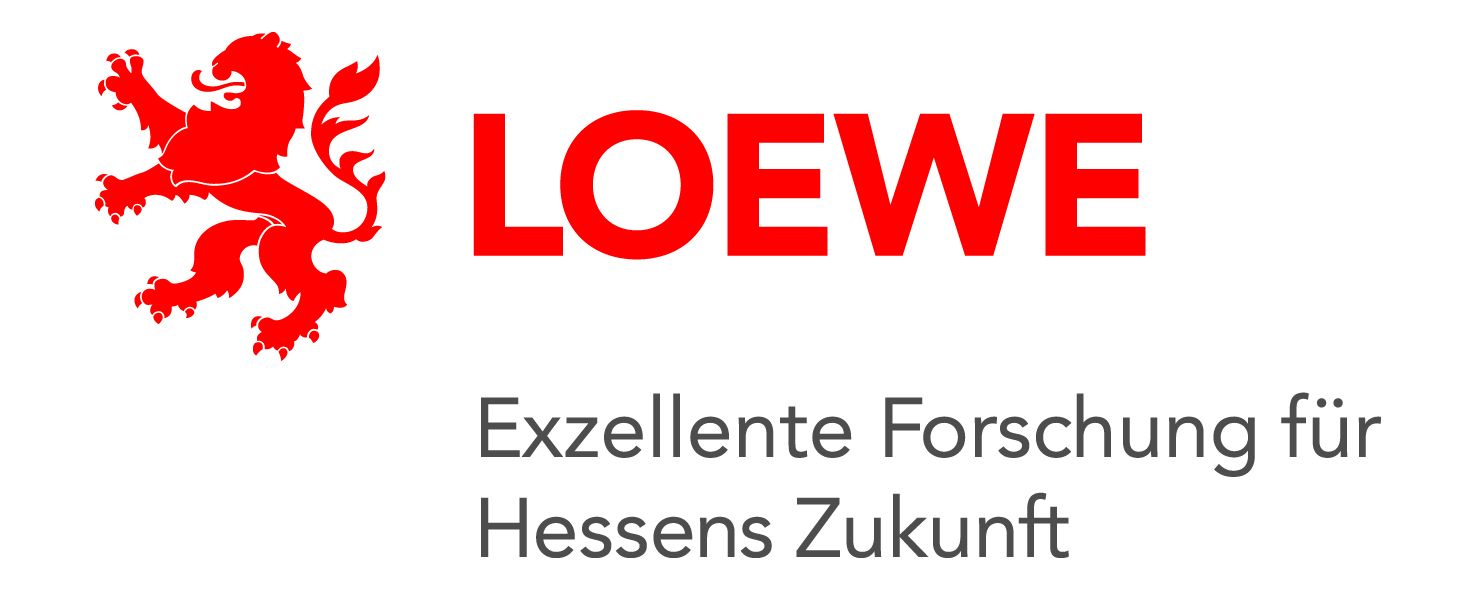Research
RobuCop aims to research and answer the following questions:
How are the photosynthetic apparatus and carbon metabolism dynamically interconnected in living organisms? How are energy metabolism, CO2 concentration and fixation coordinated with each other in space and time? What influence do environmental changes and increased environmental stress have on the light and dark reaction in chloroplasts?
How do chloroplasts integrate environmental changes? What are the molecular mechanisms by which chloroplasts respond to increased environmental stress (increased temperature, drought, radical oxygen species)? What role do secondary messengers ((p)ppGpp and adenosine dinucleotides) and radical oxygen species play in the regulation of plastid gene expression and protein biogenesis? What role did retrograde signalling pathways and recently discovered NAD+-modified mRNA molecules play in chloroplast-nucleus communication and in the coordination of the stress response?
How can this fundamental understanding of the physiology and regulation of chloroplast function be used to realise more efficient and robust CO2 fixation in the chloroplast? What new technological capabilities can we develop and apply to characterise and program chloroplasts in a high-throughput and automated manner for basic research and application? How can these methods be used to open up the field of chloroplast biotechnology, enabling improved and more robust photosynthetic functions that can make a decisive contribution to food security and a CO2-neutral bioeconomy?
RobuCop investigates these questions in 11 projects the four main research areas (A-D).














